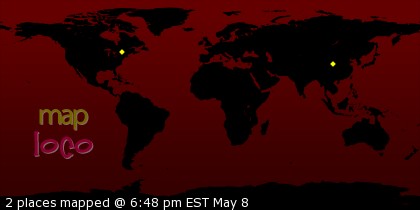Obviously, this varies by editor, but even if an editor is willing to give you more than a few minutes of their time, the idea is: DON'T WASTE THE OPPORTUNITY.
I've written about this on my own blog before in "Hooking Like a Pro" and "Opening... A Can of Worms?"
I have only a few new insights to add to those, and they come after having re-watched IRON MAN (the movie, as opposed to the animated special, which I also have) last night. Those of you who have seen the movie -- or, like me, read the comic books first-- know that, in terms of a "sympathetic character," Tony Stark is a bit of a hard sell. He's a drunk (though not so obviously in the movie), a military-industrialist, a womanizing playboy, filthy rich, and arrogant. But those character defects are also crucial to the plot, i.e. Tony's transformation into a hero.
I noticed last night that those clever screen writers did something very sneaky. They didn't start in chronological order, instead, they very briefly introduced Tony and then had his convoy blow up. As viewers we didn't really have time to decide if we LIKED Tony or not, but we sure could sympathize with what is quite obviously a horrible situation for anyone to be in.
Then they showed us what a jerk his was in a few short brief, and mercifully funny scenes. The funny deflected some of his jerk-itude, but, as they quickly brought us back to the NOW, those scenes served to really illustrate his change in character that takes place while captive in Afghanistan (which in the original comics was Vietnam).

Clever, huh?
I was surprised, too, how effective it was. Frankly, I went to that movie not already not liking Tony Stark very much. I'd just finished reading CIVIL WAR and Tony is not portrayed as a very sterling good guy, shall we say. And, I was completely and utterly charmed by Robert Downey, Jr. (whom I normally don't like either) by this very clever and subtle writing trick.
--------------------
*x-posted from Tate's blog.





2 comments:
Very clever in the way they did it, but the idea is becoming the standard way to write nowadays, just like a movie. I heard that the first thing they check in movieland is four specific pages of a script, which correspond to four specific minutes in the movie, which is where they expect the big thril moments to be, and if they aren't on those pages the script is tossed. It's what I hear from lots of the writer's I've met, "I write what I se, like a movie playing in my head." I can't complain, I do the same thing, although my focus is very different and probably wouldn't translate to film very well. And my 'big thrill moments' aren't on the four specific pages, either. As for RDJ, who better to play a reformed drunken playboy than a reformed drunken playboy. He did a grweat job, too.
I hear you, Marc. I actually spend a lot of my time in my SF/F class at the Loft talking my students out of writing like that movie playing in their heads. Books and short stories aren't structured like movies, nor should they be.
I try to teach my students that "conflict" (or as you put it "big thrill moments") don't have to be punching or kicking or bullets flying. It CAN be those things, but hooks can be subtle -- they just need to give the reader a reason to give a f**k, you know?
Post a Comment